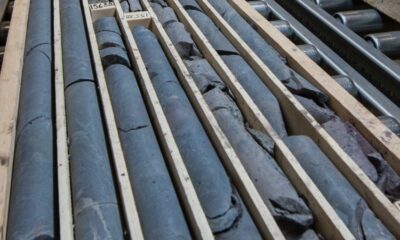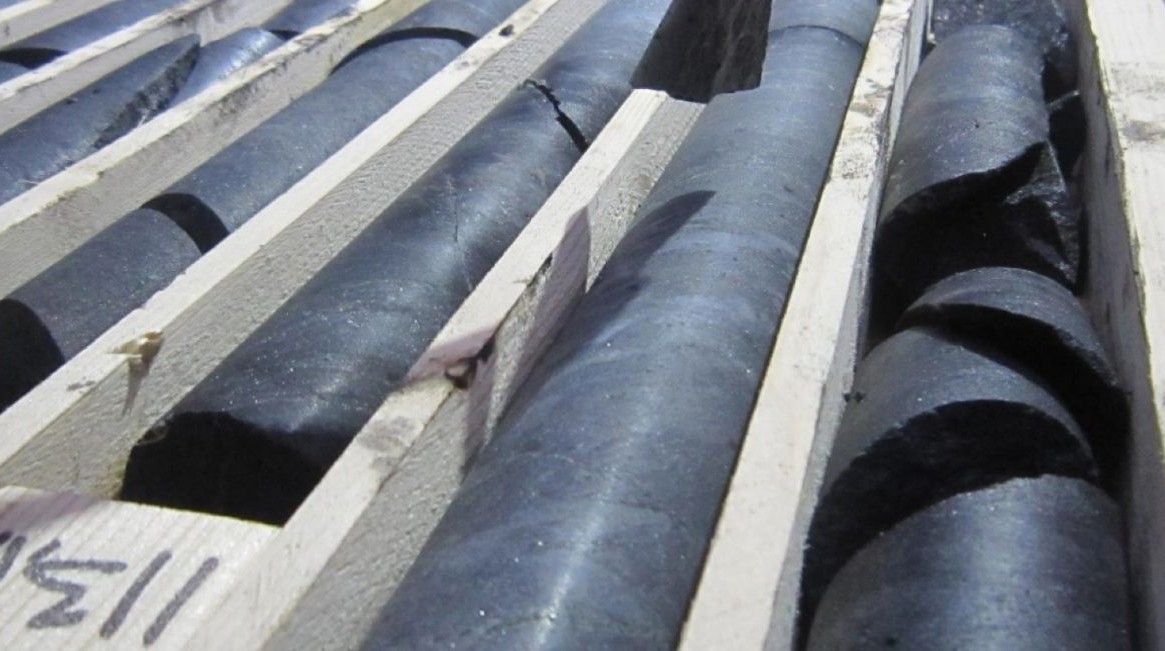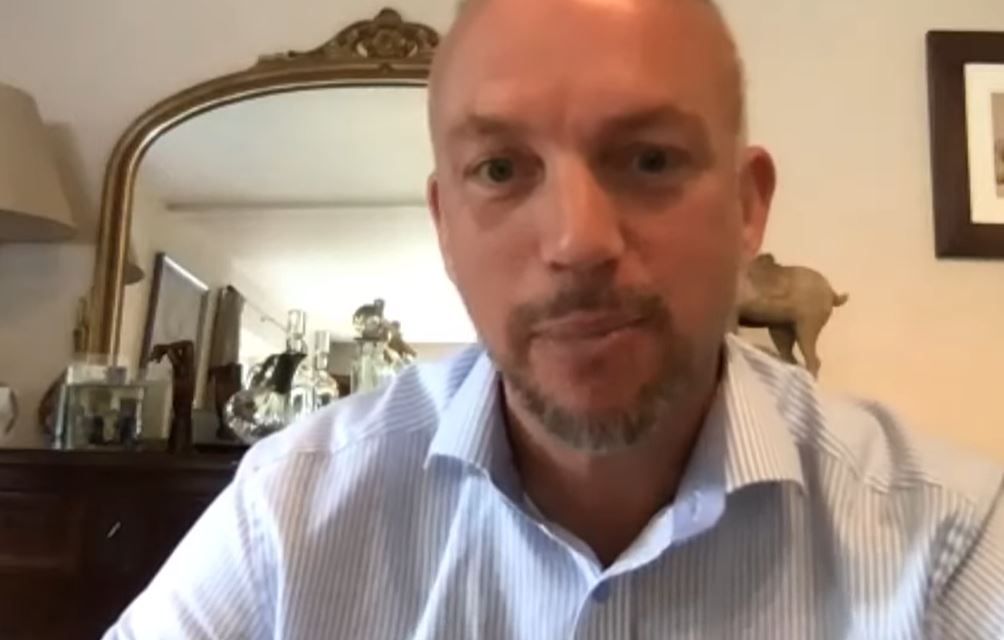Nyheter
Beowulf Mining sets the drill rigs turning once again at Kallak North
“Drilling has gone well”, says Clive Sinclair-Poulton of Beowulf Mining. “We started drilling in May and put a second rig in place in June.”. The subject of Beowulf’s attentions is the Kallak North iron ore project in Norrbotten County, northern Sweden.
Drilling at Kallak
So far the company has been able to identify a resource of 131.6 million tonnes of ore grading 28% iron. But there should be plenty more to come.
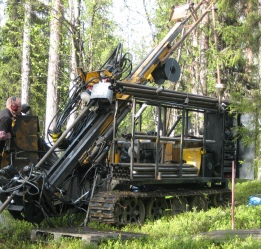 Already the signs from the ongoing drilling are beginning to come in, and they’ve been highly encouraging. “Our JORC resource was based on drilling to 250 metres”, says Clive, “but the latest intersections show 350 vertical metres of iron ore.”
Already the signs from the ongoing drilling are beginning to come in, and they’ve been highly encouraging. “Our JORC resource was based on drilling to 250 metres”, says Clive, “but the latest intersections show 350 vertical metres of iron ore.”
The full assay results won’t be out until next month, but, local conditions allowing, progress after that ought to be pretty rapid. “We’ll do a JORC upgrade at Kallak as soon as possible”, says Clive. At the same time, the company also plans to start work again on the contiguous ground at Kallak South, where a previous drilling produced mixed results because, says Clive, “we weren’t drilling in the correct areas”.
This time round, he’s hopeful the drilling will be more effectual, and that a maiden JORC resource for Kallak South can be put together early next year. “I want to be in a situation where we have tonnage on both North and South Kallak”, says Clive. By that time a scoping study should be underway, and the company will be thinking about test production.
Precisely what that will show remains to be seen, but Clive is optimistic. “If we get the tonnage we have a 60 year life. It’s 40 clicks to get to the rail network of northern Sweden.” The rail network can then provide access either to Narvik on the Norwegian coast or Luleå on the Baltic coast, depending on what sort of deal Beowulg eventually strikes in regard to the final destination for the ore.
Clive has long been in dialogue with potential customers in the Far East, although he won’t be drawn into a deal quite yet. He’s waiting for two things. One, for more progress on Kallak. And two, for further improvement in the iron ore market, which he remains firmly bullish about.
In fact, iron ore hasn’t been doing too badly of late, as the Chinese are beginning to realise that some projects that had been likely to add to global supply are now not likely to come on stream. The Brazilian champion Vale is a case in point. Vale recently outlined its iron ore plans for the next five years, and these show a significantly lower production increase than had been expected. What’s more, says Clive, fairly soon India will become an importer. It’s currently the third largest exporter.
It all makes for relative strength in the iron ore space, at a time when other sectors are looking distinctly shaky, including equities markets. Beowulf has not been immune to this, as its shares have dropped by around 80 per cent since they hit a 12 month high of 50p back in October last year. But although the wider negative market sentiment hasn’t’ helped, the company has also face some quite specific issues which have rubbed off the value.
First off it was sanctioned by the authorities for drilling without a permit. Clive is blunt about this. “Mea culpa”, he says. “As Dan Maskell would have said, it was an ‘unforced error’.” Procedures are now in place to ensure such a mistake doesn’t happen again. More significant has been the deterioration of relations with the local indigenous group, the Saami community The Saami are worried about their ability to drive reindeer across the land, and the impact Beowulf’s operations are likely to have on their migratory patterns.
“Dialogue is very difficult”, says Clive, “although in all of Sweden there are only 20,000 Saami.” The Beowulf plan is to set up a fund for the benefit of all residents of the Jokkmokk region in which it operates, not just the Saami. In the meantime Clive is confident that the Mines Inspectorate will broker a compromise when disagreements arise, as it has done in the past.
In the meantime, the drill rigs continue to turn, and funding, at least for the moment, is not a worry. “We are in a strong position”, says Clive. “We have the funds in place to do the drilling. On our current drilling campaign the money won’t run out.” It’ll be interesting to see what sort of the results the campaign comes up with, and how much closer they take Beowulf to its eventual target of 500 million tonnes.
Nyheter
USA ska införa 50 procent tull på koppar
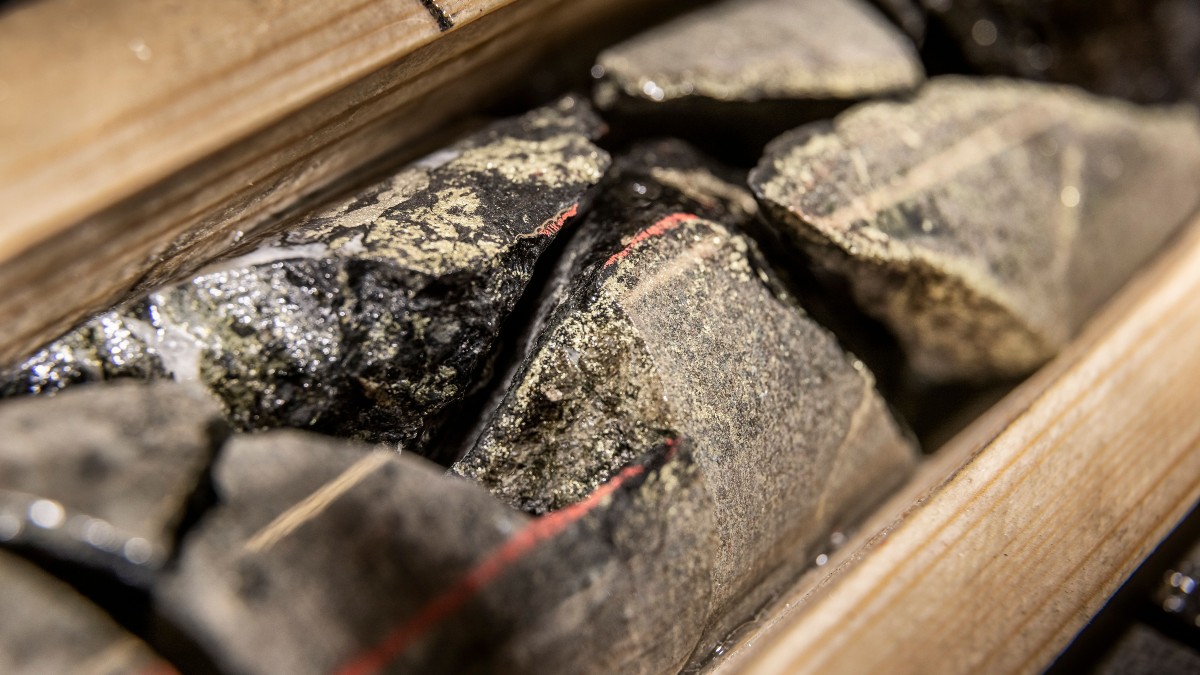
USA:s president Donald Trump har precis meddelat att landet ska införa en tull på 50 procent på basmetallen koppar. Priset på råvarubörsen i USA stiger omgående med 10 procent.
USA har viss inhemsk produktion av koppar, men den inhemska efterfrågan överstiger produktionen. Därför måste landet importera koppar för att täcka behovet, särskilt för användning inom elnät, elektronik, byggindustri och fordonssektorn. De största exportörerna till USA är Chile, Kanada, Mexiko och Peru.
När tullar av denna typ införs uppstår prisskillnader i världen. Handlar man koppar på börsen är det därför viktigt att veta vilken börs man handlar på eller om man använder certifikat så är det viktigt att veta vilka underliggande värdepapper de följer.
Sedan är det som alltid med Trump, begreppet är som bekant TACO, Trump Always Chickens Out. Man ska alltså inte ta några definitiva stora beslut baserat på vad han säger. Saker och ting kan ändra sig från dag till dag.
Nyheter
Ryska staten siktar på att konfiskera en av landets största guldproducenter
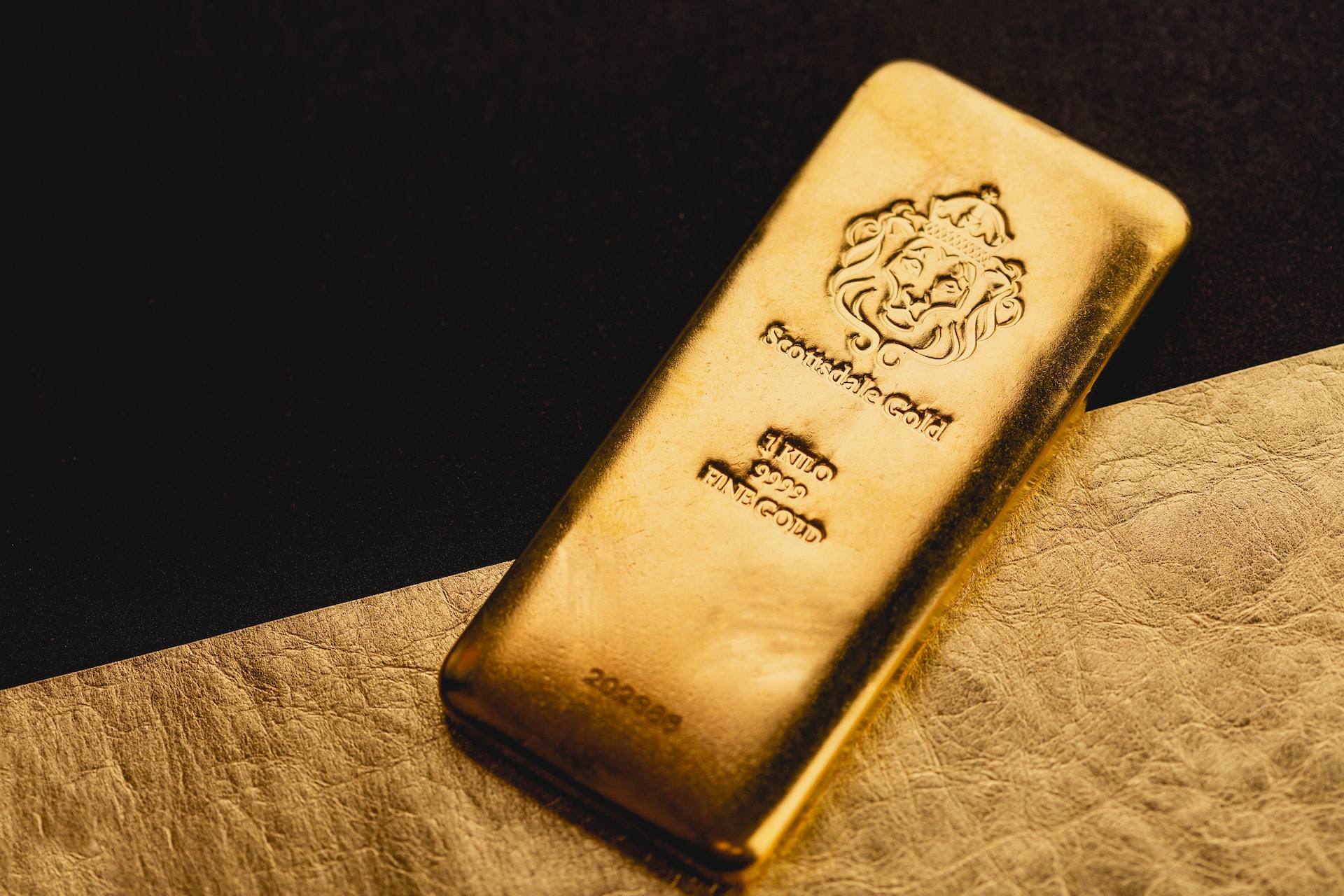
En våg av panik sprider sig bland Moskvas elit sedan Vladimir Putins regim inlett en dramatisk offensiv för att beslagta tillgångarna hos Konstantin Strukov – en av Rysslands rikaste affärsmän och ägare till landets största guldgruvföretag, Yuzhuralzoloto. Åtgärden ses som ett tydligt tecken på hur långt Kreml är villigt att gå för att säkra ekonomiska resurser i takt med att kostnaderna för kriget i Ukraina stiger.
Strukovs förmögenhet, som uppskattas till över 3,5 miljarder dollar, byggdes upp under decennier i nära relation med maktens centrum i Ryssland. Men den 5 juli stoppades hans privatjet från att lyfta mot Turkiet. Enligt flera ryska medier deltog den federala säkerhetstjänsten FSB i ingripandet, och Strukovs pass beslagtogs. Händelsen ska vara kopplad till en omfattande rättsprocess där åklagare kräver att hela hans företagsimperium förverkas – med hänvisning till påstådd korruption och användning av skalbolag och familjemedlemmar för att dölja tillgångar.
Företaget själva förnekar att något inträffat och kallar rapporteringen för desinformation. De hävdar att Strukov befann sig i Moskva hela tiden. Trots det bekräftar rättsdokument att både han och hans familj förbjudits att lämna landet, och att myndigheterna snabbt verkställt beslutet.
Det som nu sker är en del av ett större mönster i ett Ryssland präglat av krigsekonomi: staten tar tillbaka kontrollen över strategiska sektorer som guld, olja och försvarsindustri – industrier som nu allt mer mobiliseras för att finansiera och stödja krigsinsatsen. Intressant nog handlar det inte om att Strukov ska ha varit illojal mot regimen – tvärtom har han varit en lojal allierad, med politiska uppdrag knutna till Putins parti. Men lojalitet räcker inte längre som skydd.
Medan tidigare utrensningar ofta riktade sig mot krigskritiker eller de som flydde landet, drivs dagens tillgångsövertaganden av något mer fundamentalt: ekonomisk nöd. De växande sanktionerna har nästan helt strypt inflödet av utländskt kapital. Statens oljeintäkter minskar och budgetunderskotten växer. Putins lösning är att vända sig inåt – till de oligarker han själv lyfte fram – för att fylla statskassan.
Det här är inte ett enskilt fall. På senare tid har flera framstående affärspersoner hamnat i plötsliga rättsliga tvister, omkommit under mystiska omständigheter eller sett sina bolag tas över av staten. Den oskrivna överenskommelsen som länge gällde i Putins Ryssland – rikedom i utbyte mot lojalitet – håller på att kollapsa.
Den 8 juli väntar en rättsförhandling som kan avgöra framtiden för Strukovs affärsimperium. Men budskapet till Rysslands näringslivselit är redan tydligt: ingen är för rik, för lojal eller för nära den politiska makten för att gå säker. I ett Ryssland där kriget kräver allt större uppoffringar riskerar oligarker att snabbt förvandlas till måltavlor.
Nyheter
Hur säkrar vi Sveriges tillgång till kritiska metaller och mineral i en ny geopolitisk verklighet?
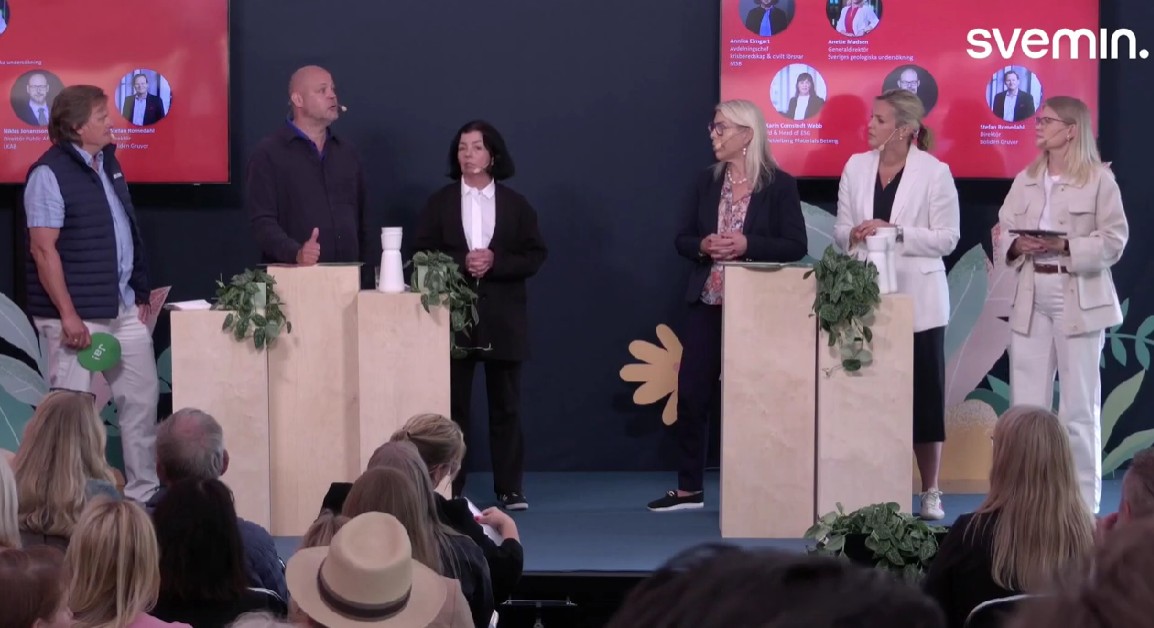
När världsläget förändras ställs Europas beroende av metaller och mineral på sin spets. Geopolitiska spänningar, handelskonflikter och ett mer oförutsägbart USA gör att vi inte längre kan ta gamla allianser för givna. Samtidigt kontrolleras en stor del av de kritiska råvarorna vi är beroende av av andra makter – inte minst Kina. Vad händer med Sveriges industriella förmåga i ett läge där importen stryps? Hur påverkas försvarsindustrin av Kinas exportrestriktioner? Är EU:s nya råvarupolitik tillräcklig för att minska sårbarheten – eller krävs ytterligare statliga insatser och beredskapslagring? Svemin anordnade den 25 juni ett seminarium som bestod av bestod av deltagare från myndigheter, politik och industri. Man diskuterar Sveriges och EU:s strategiska vägval i en ny global verklighet – och vad som krävs för att säkra tillgången till metaller när vi behöver dem som mest.
-

 Nyheter4 veckor sedan
Nyheter4 veckor sedanUppgången i oljepriset planade ut under helgen
-

 Nyheter3 veckor sedan
Nyheter3 veckor sedanMahvie Minerals växlar spår – satsar fullt ut på guld
-

 Nyheter4 veckor sedan
Nyheter4 veckor sedanLåga elpriser i sommar – men mellersta Sverige får en ökning
-

 Nyheter2 veckor sedan
Nyheter2 veckor sedanOljan, guldet och marknadens oroande tystnad
-

 Nyheter2 veckor sedan
Nyheter2 veckor sedanJonas Lindvall är tillbaka med ett nytt oljebolag, Perthro, som ska börsnoteras
-

 Analys4 veckor sedan
Analys4 veckor sedanVery relaxed at USD 75/b. Risk barometer will likely fluctuate to higher levels with Brent into the 80ies or higher coming 2-3 weeks
-

 Analys3 veckor sedan
Analys3 veckor sedanA muted price reaction. Market looks relaxed, but it is still on edge waiting for what Iran will do
-

 Nyheter2 veckor sedan
Nyheter2 veckor sedanDomstolen ger klartecken till Lappland Guldprospektering




